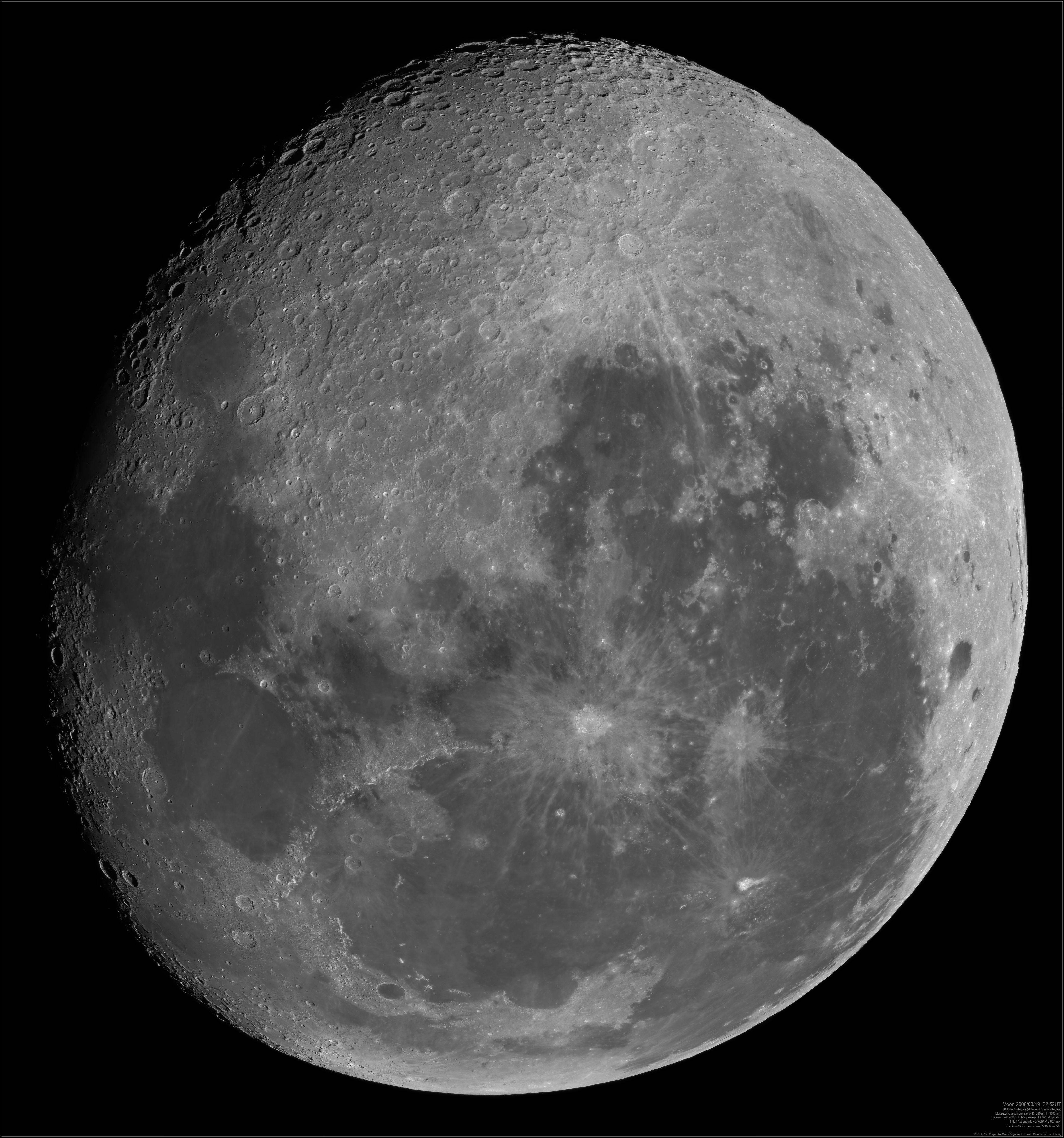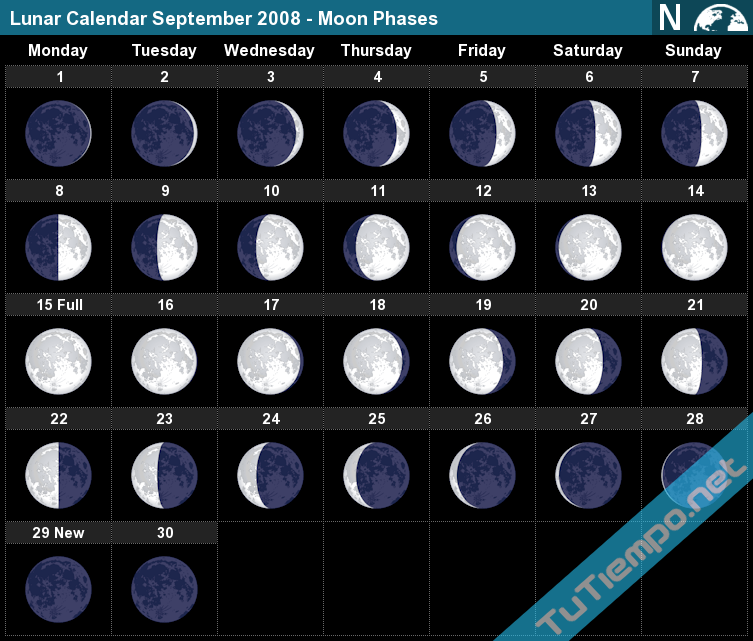Moon Of 17 September 2008: A Celestial Event That Left Us Starstruck
Hey there, space enthusiasts and sky watchers! Let me take you back to one of the most fascinating celestial events in recent history. The moon of 17 September 2008 was a spectacle that caught the eyes of millions around the globe. It wasn’t just any ordinary moon; it had a story to tell, a story that resonates with the mysteries and wonders of our universe. So, buckle up, because we’re about to embark on an interstellar journey through time and space.
You might be wondering, "Why is this moon so special?" Well, that’s exactly what we’re here to uncover. The moon on 17 September 2008 wasn’t just a random occurrence; it was a unique alignment of cosmic forces that made it stand out. Think about it like a cosmic dance where everything aligns perfectly to create something extraordinary. And trust me, the moon that night was extraordinary.
As we dive deeper into this celestial marvel, you’ll discover fascinating facts, scientific insights, and even some folklore surrounding this moon. Whether you’re a hardcore astronomer or just someone who loves gazing at the stars, this article has got you covered. So, let’s get started and explore the moon of 17 September 2008 in all its glory!
Read also:What Does Obsidian Kingdom Mean Unveiling The Mysteries Of The Name
Table of Contents:
- What Was So Special About the Moon of 17 September 2008?
- A Scientific Perspective on the Moon
- The Celestial Alignment That Made It Magical
- Cultural Significance and Folklore
- How to Observe and Capture the Moon
- Myths About the Moon Debunked
- Impact of the Moon on Earth
- Historical Context of Similar Moons
- Celestial Events to Watch Out For Today
- Conclusion: Why the Moon of 17 September 2008 Matters
What Was So Special About the Moon of 17 September 2008?
Alright, let’s get straight to the point. The moon of 17 September 2008 was no ordinary lunar event. It was a full moon, but not just any full moon—it was a "Harvest Moon," the first full moon after the autumnal equinox. This particular moon occurs close to the time when farmers traditionally harvest their crops, hence the name. But wait, there’s more!
What made it even more special was its position in the night sky. The moon rose early in the evening, providing extra light for farmers to work longer hours. This phenomenon is due to the moon’s orbital path being closer to the horizon during this time of year. The result? A moon that appeared larger and brighter than usual, captivating everyone who looked up.
Why Harvest Moon Matters
Harvest moons are not just about beauty; they have practical significance too. In ancient times, before electricity, farmers relied heavily on the moonlight to extend their working hours. The moon of 17 September 2008 was a reminder of those simpler times when nature played a crucial role in daily life. It also symbolized the transition from summer to fall, marking the beginning of a new season.
A Scientific Perspective on the Moon
Now, let’s put on our science hats and dive into the nitty-gritty of what makes the moon tick. The moon of 17 September 2008 was a result of complex astronomical processes. To understand it better, we need to look at the moon’s phases, its orbit, and its relationship with the sun and Earth.
The moon goes through a cycle of phases every 29.5 days. During a full moon, the Earth is positioned between the sun and the moon, allowing sunlight to fully illuminate the moon’s surface. This alignment creates the stunning sight we all admire. But the moon’s orbit isn’t a perfect circle; it’s elliptical, which means its distance from Earth varies. On 17 September 2008, the moon was relatively close to Earth, making it appear larger and brighter.
Read also:Unveiling The Mysteries Of Sone 436 Plot A Comprehensive Guide
Key Facts About the Moon
- The moon is Earth’s only natural satellite.
- It’s about 384,400 kilometers away from Earth.
- The moon’s surface is covered with craters, mountains, and plains.
- It plays a crucial role in stabilizing Earth’s axial tilt.
The Celestial Alignment That Made It Magical
Celestial alignments are like nature’s fireworks, and the moon of 17 September 2008 was no exception. The alignment of the sun, Earth, and moon created a breathtaking spectacle. This phenomenon is known as syzygy, where three celestial bodies are in a straight line. The result? A moon that seems to glow with an otherworldly brilliance.
But the magic didn’t stop there. The moon’s position relative to the horizon created an optical illusion known as the "moon illusion." When the moon is near the horizon, it appears larger than when it’s high in the sky. This illusion is due to our brain’s perception of size and distance. So, while the moon wasn’t actually larger, it sure looked like it!
Understanding the Moon Illusion
The moon illusion is a fascinating topic that has intrigued scientists and psychologists for centuries. It’s all about how our brain processes visual information. When the moon is near the horizon, it’s surrounded by objects like trees, buildings, and mountains. This creates a frame of reference that tricks our brain into thinking the moon is bigger. Cool, right?
Cultural Significance and Folklore
Every culture has its own stories and legends about the moon, and the moon of 17 September 2008 was no exception. In many cultures, the moon is seen as a symbol of mystery, femininity, and intuition. Native American tribes, for example, have names for each full moon based on the season or its characteristics. The Harvest Moon is often associated with abundance, gratitude, and preparation for the coming winter.
In Chinese culture, the moon is a central theme in the Mid-Autumn Festival, a celebration of family and togetherness. On 17 September 2008, people around the world celebrated this festival under the glow of the Harvest Moon. It was a moment of unity, where people from different cultures came together to appreciate the beauty of the night sky.
Myths Surrounding the Moon
From werewolves to lunacy, the moon has been the subject of countless myths and legends. Some people believe that the moon affects human behavior, leading to the term "lunatic." While there’s no scientific evidence to support this claim, the moon’s influence on tides and ecosystems is undeniable. The moon of 17 September 2008 reminded us of its power and mystery, leaving us in awe of its beauty.
How to Observe and Capture the Moon
Observing the moon is easier than you think. All you need is a clear night sky and a bit of patience. If you’re lucky enough to have a telescope, even better! The moon of 17 September 2008 was a perfect opportunity to observe its craters, mountains, and plains in detail. You could even try capturing it with your camera for a keepsake.
Here are some tips for observing and photographing the moon:
- Find a location with minimal light pollution.
- Use a tripod to stabilize your camera.
- Experiment with different settings to get the best shot.
- Be patient and enjoy the moment!
Photographing the Moon
Photographing the moon can be a rewarding experience. With the right equipment and technique, you can capture stunning images that showcase its beauty. Whether you’re a professional photographer or just someone with a smartphone, the moon of 17 September 2008 was a perfect subject for your photography skills.
Myths About the Moon Debunked
Let’s clear up some common misconceptions about the moon. While it’s fun to believe in myths, it’s important to separate fact from fiction. For example, the idea that the moon affects human behavior is largely unfounded. Studies have shown no correlation between the moon’s phases and changes in human behavior. However, the moon does have a significant impact on Earth’s tides, which in turn affects marine life and ecosystems.
Another myth is that the moon has a "dark side." In reality, the moon rotates on its axis at the same rate it orbits Earth, so we always see the same side. The side facing away from Earth is often referred to as the "far side," but it’s not actually dark. It receives sunlight just like the side we see.
Scientific Facts About the Moon
Here are some scientifically proven facts about the moon:
- The moon’s gravitational pull causes tides on Earth.
- It’s made of rock and metal, similar to Earth.
- Humans first landed on the moon in 1969 during the Apollo 11 mission.
- The moon is slowly drifting away from Earth at a rate of about 3.8 centimeters per year.
Impact of the Moon on Earth
The moon’s influence on Earth is profound. Its gravitational pull creates tides, which play a crucial role in regulating Earth’s climate and ecosystems. Without the moon, our planet would be a very different place. The tides help circulate nutrients in the oceans, supporting marine life. They also affect coastal communities, shaping their economies and cultures.
Moreover, the moon stabilizes Earth’s axial tilt, preventing extreme climate changes. This stability is essential for life as we know it. The moon of 17 September 2008 was a reminder of its importance in maintaining the delicate balance of our planet.
Environmental Impact
The moon’s impact on Earth’s environment is a topic of ongoing research. Scientists are studying how changes in the moon’s orbit and distance from Earth could affect future climate patterns. Understanding these relationships is crucial for predicting and mitigating the effects of climate change.
Historical Context of Similar Moons
Throughout history, humans have observed and recorded lunar events. The moon of 17 September 2008 wasn’t the first spectacular moon, nor will it be the last. Ancient civilizations like the Babylonians and Greeks kept detailed records of lunar phases and eclipses. These records helped them develop calendars and predict astronomical events.
In modern times, advancements in technology have allowed us to study the moon in unprecedented detail. Space missions like NASA’s Apollo program and the Lunar Reconnaissance Orbiter have provided valuable insights into the moon’s composition and history. The moon of 17 September 2008 was just one of many fascinating lunar events that continue to inspire and intrigue us.
Future Lunar Missions
The future of lunar exploration looks bright. NASA’s Artemis program aims to return humans to the moon by the mid-2020s. This mission will pave the way for further exploration and potential colonization of the moon. The moon of 17 September 2008 serves as a reminder of our enduring fascination with this celestial body.
Celestial Events to Watch Out For Today
If you missed the moon of 17 September 2008, don’t worry! There are plenty of celestial events happening today that are just as exciting. From meteor showers to planetary alignments, the night sky is full of wonders waiting to be discovered. Keep an eye on astronomy websites and apps for updates on upcoming events.
Here are some celestial events to watch out for:
- Supermoons: When the moon is at its closest point to Earth, making it appear larger and brighter.
- Lunar Eclipses: When the Earth comes between the sun and the moon, casting a shadow on the moon.


